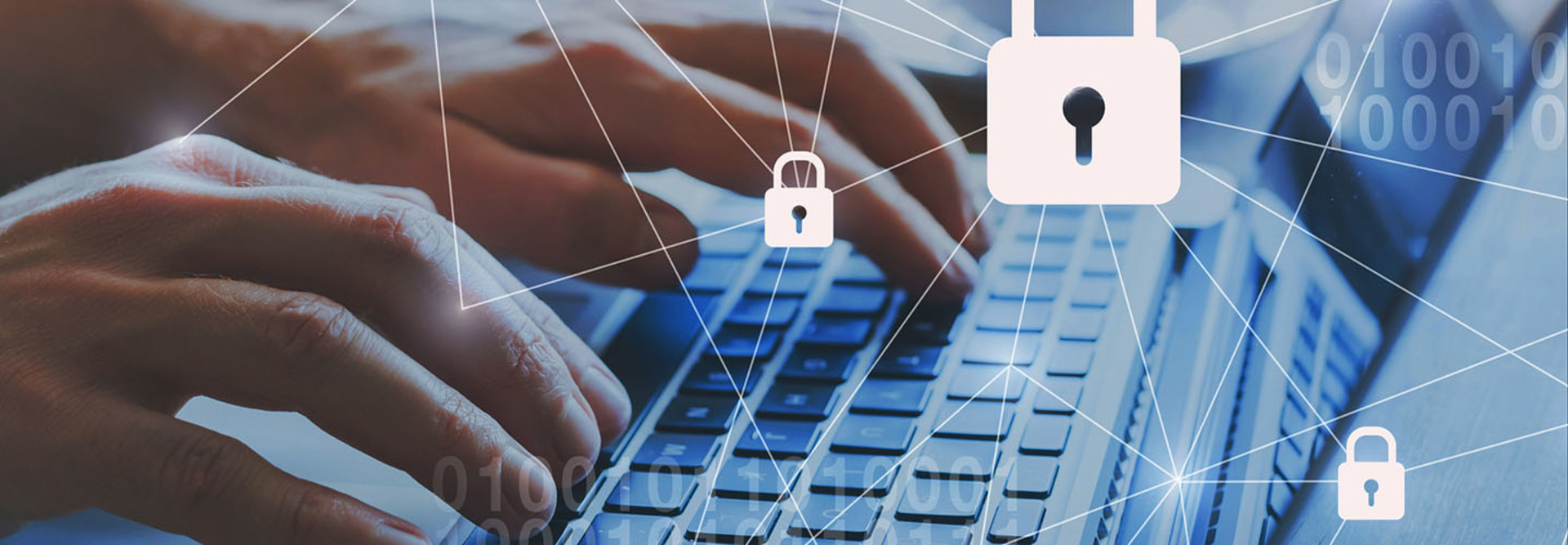The Importance of IAM to the State Government Enterprise
IAM solutions help organizations manage user identities, access control, authentication, authorization and other security measures. They ensure that only authorized users have access to sensitive information and systems while preventing unauthorized access. This helps protect against data breaches and other evolving cyberthreats.
The IAM priority pillar breaks out into specific technologies that were also called out on the NASCIO list, such as multifactor authentication and privilege access management solutions. The U.S. Cybersecurity and Infrastructure Security Agency recently released roadmaps to robust zero-trust solutions, and tools such as MFA and PAM are considered basic use cases for zero trust.
The modern workforce is increasingly reliant on technology as well. As such, CIOs must prioritize the security of their employees’ devices and networks. The work-from-home movement hasn’t faded, and understanding how to modernize a mobile workforce has been a significant challenge for agencies across the country.
Providing a secure access model for a remote workforce is now mandatory for any CIO. This includes implementing strong password policies, multifactor authentication protocols, adaptive security controls and location-based awareness for authentication to become minimum viable security solutions for state agencies.
EXPLORE: How security authentication tokens can help counter government cyberthreats.
Expanding Threat Environment Requires Robust Cybersecurity
Cybersecurity and risk management, identity and access management, and a modern workforce are all essential elements of a secure IT infrastructure, and NASCIO agrees. While there are multiple priorities listed in the survey, these identity and cyber concepts have been mainstays for the past several years.
Work from home, Malware as a Service and ease of access to zero-day and near-zero-day threats make cybersecurity and cyber resiliency more challenging than ever. With the increasing reliance on technology across government agencies and civil services, it is essential that organizations take steps to ensure they are adequately protected from cyberthreats.
By investing in robust cybersecurity solutions and educating employees on best practices for online safety, state agencies can create a secure environment where employees can work safely without fear of compromise or data loss. By prioritizing these areas in their IT strategies, state CIOs can ensure their organizations remain safe from cyberthreats while enabling their employees to work securely from any location.
DIVE DEEPER: Strong asset management is a must for successful continuous monitoring.











